Teaching Students to Organize Writing
Color-coding to Organize Writing
4-square Graphic Organizer
If my family was not home, I would not like the Cat in the Hat to come over. I do not want the Cat in the Hat to come over because he would make a mess. In the book he made a mess in the tub and he kept rubbing it on everything. If this happened at my house, I would tell him to go out. I would not let him come over.
A Quick Visual Check to Organize Writing
Color-coding paragraph structure gets students (and me) to visually check for missing parts in their paragraph. In the paragraph below, this friend read about Martin Luther King Jr. during Read to Self and wanted to write about him during Work on Writing. When she went to color-code her paragraph, she realized she had skipped writing a wrap-up sentence.
And again, this friend could easily see she provided lots of reasons, but did not take the time to explain them. This was a ‘cold’ On Demand prompt, so it was interesting for me to see as a teacher what we were missing. After looking at several paragraphs missing green, we went back and practiced explaining our details and reasons!
Learn the Structure…then Change!
Now, not all paragraphs are structured the same. So, I do teach my friends to be flexible. Sometimes (toward the end of the year), our color-coding only denoted different parts of our paragraph. Below you’ll see a paragraph we wrote as a class about wood and jumping spiders. The main idea and wrap-up sentence are the same color (because they have the same jobs). Our comparisons are one color (green) and our differences are one color (red). In this situation, I want students to be able to easily differentiate between the parts of the compare/contrast paragraph.
Here is another example of some shared writing we did (this paragraph took us two separate mini-lessons). Again, we were flexible in our colors – grabbing the EXPO markers on the tray – but still making sure to identify the parts of our writing – main idea/wrap-up sentence, comparisons, differences.
Teaching students to color-code their writing is a simple way to help our friends organize their ideas and easily check to see if something is missing. But, as seen in our compare and contrast paragraphs, flexibility is key. We need to teach students that the colors aren’t as important as the content. It’s a slow transition, but an important one!
Other Blog Posts
Teaching and scaffolding students to write inform/explain is a tough skills. I’ve shared more ideas, strategies, and resources throughout the blog. Click on any of these title to read more!
Paragraph Writing with Littles (blog post, resource)
Gathering and Organizing Research
Using Prior Knowledge to Deeper Research
Scaffolded Research in Primary (blog post, resource)
FREE Work on Writing Papers

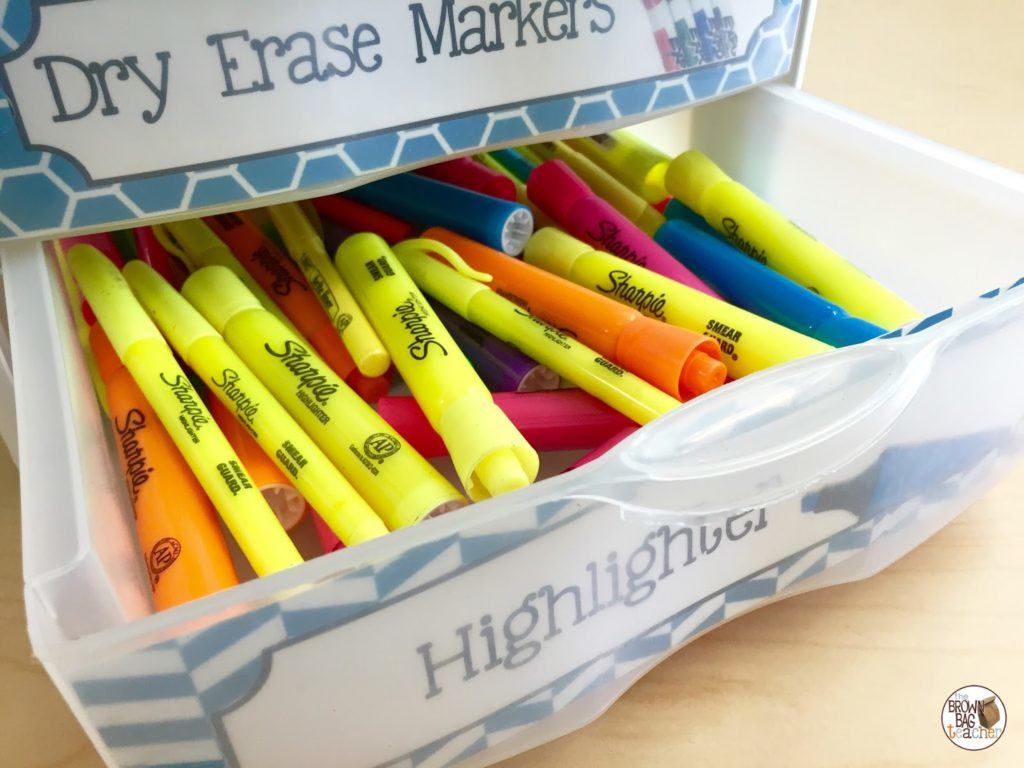
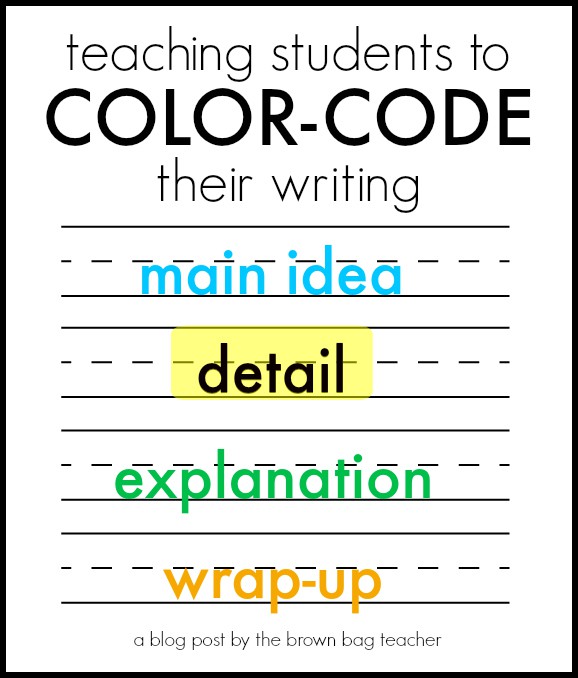

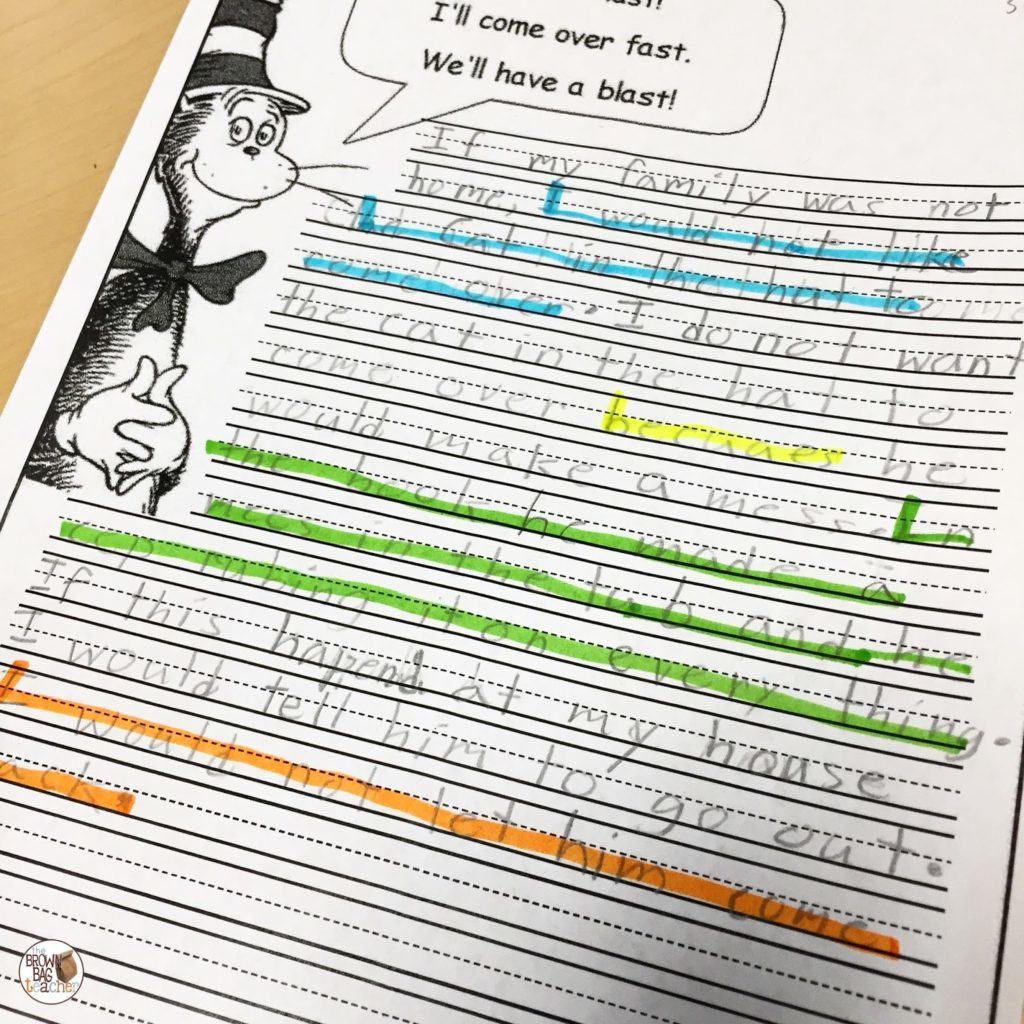
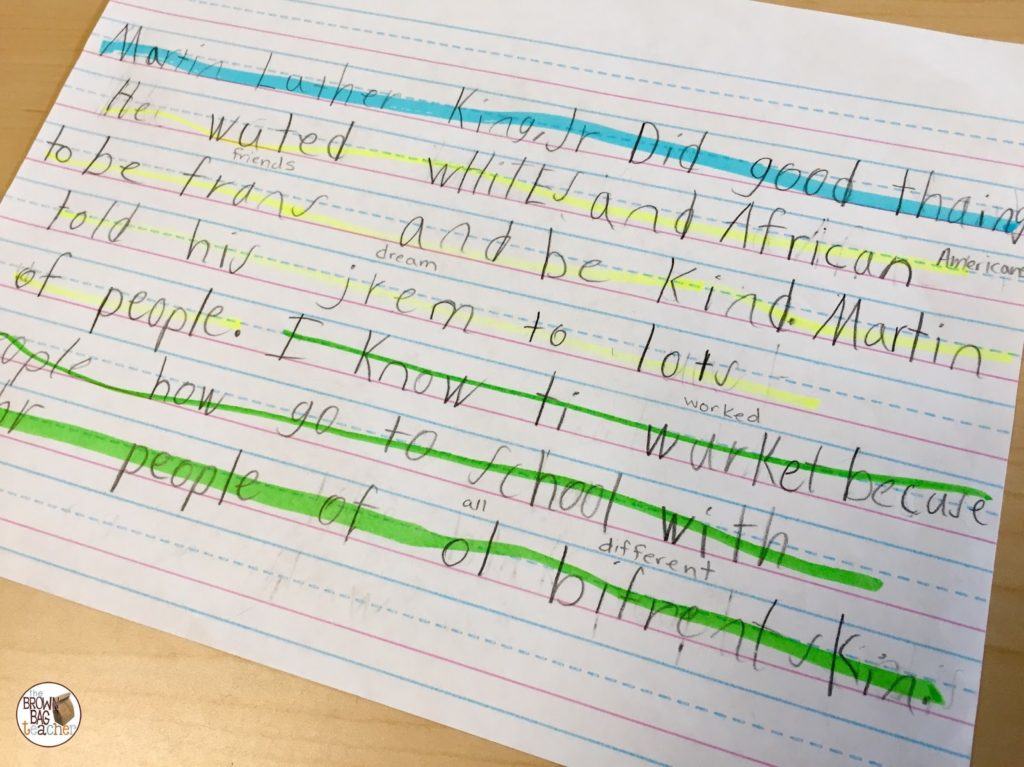
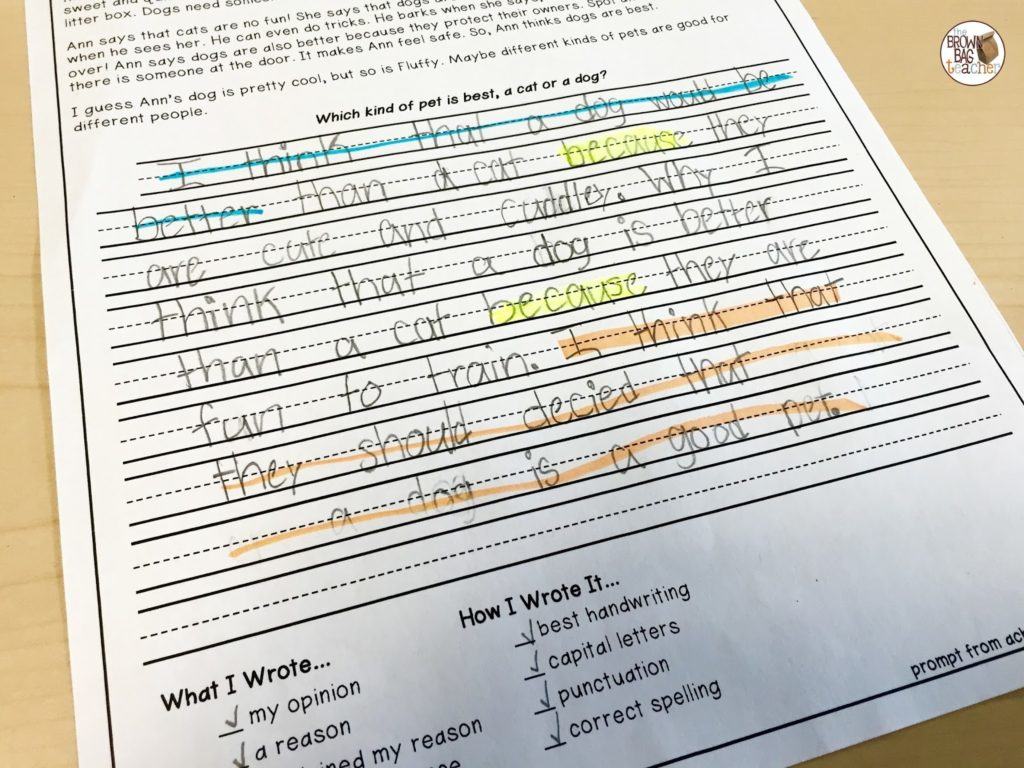

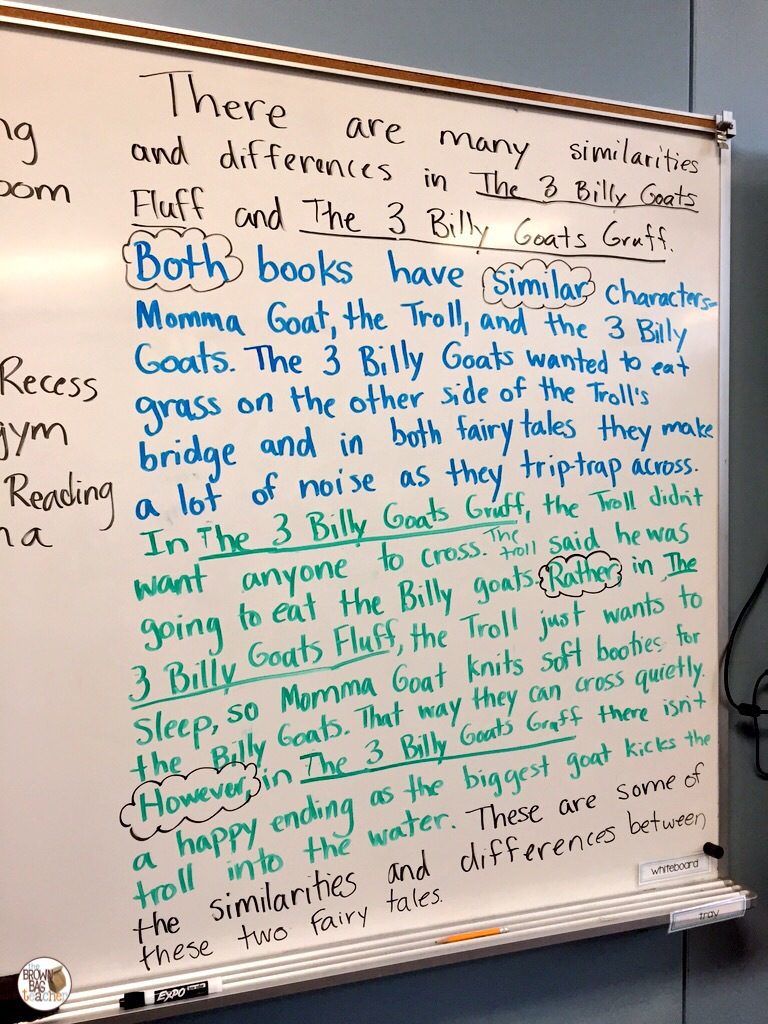
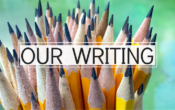
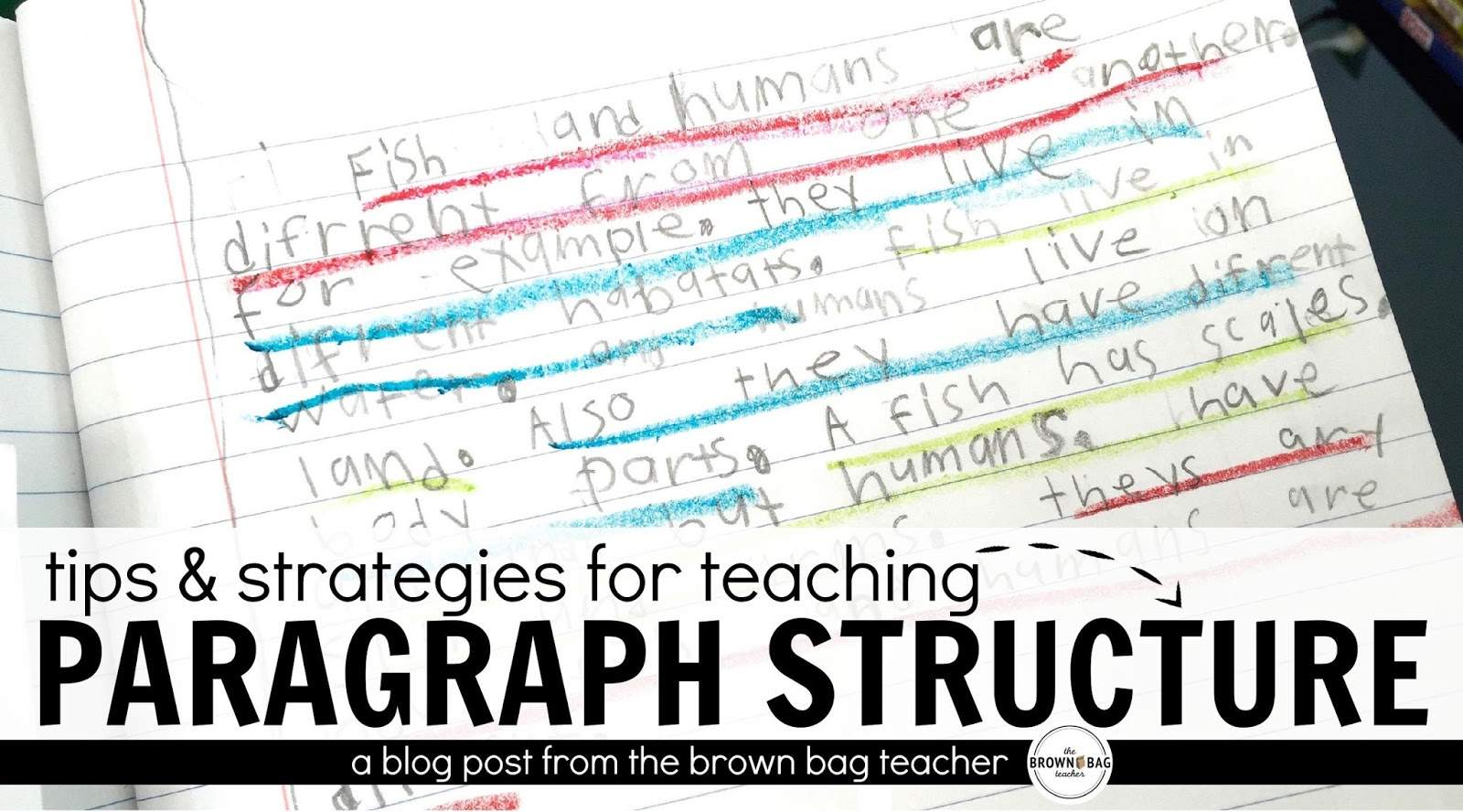

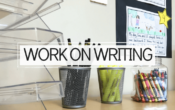
I love this post! I really like the paper with the cat and dog and then the student picks their favorite pet—is that something you created? If so, have you considered a pack like that in your store? I love the rubric at the bottom!:) & the reading included with the writing!
I love the 4-square writing paper. Did you create this?
Your four square paper would even help our 5th graders write a paragraph at the beginning of the year. They seem to forget over the summer. I'll try it for sure. Thanks.
Beti
We're required to use the Step Up to Writing program at our school. I use highlighters to organize my 1st & 2nd graders writing also. Green for topic sentence and closing sentence. Yellow for supporting details/reasons. Red for information about the supporting details.
I like that you give the word "because" special attention. It's difficult to get kids to want to explain their thinking in writing. Making this a special word could help encourage students to explain their thinking in other subject areas too. Great idea!
It will be a great creative work among the students who have been tired and used to get more bored when they saw same syllabus and approaches, so something new to it will be highly amended between them. article rewriter online
Online English Grammar Check Tool automatically proofreads our writing for basic grammar, punctuation and spelling errors. English writing is an art; however, any of us can make it effective in any field of life if we constantly keep on improving it. See more proper sentence structure checker
The Brown Bag Teacher’s approach to teaching students how to organize their writing using color-coding is innovative and effective. It’s evident that visual cues can play a significant role in helping students structure their thoughts and ideas coherently. As a former student, I remember the challenges of organizing essays and ensuring that every paragraph flowed seamlessly. For those who might be grappling with essay organization or any other aspect of essay writing, I’ve had a positive experience with this https://domyessays.com/reviews.html . Their experts can guide you in structuring and refining your essays to perfection.
Teaching students to organize their writing is crucial for academic and professional success. It equips them with a valuable skillset for clear communication. While educators play a pivotal role, sometimes students might benefit from additional support. This is where the best writing service can step in, offering guidance and expert assistance in honing their organizational skills, ultimately helping them excel in their writing endeavors.
At https://essaypro.com/sociology-essay-writing-service has sociology essay writing services that will help you cope with assignments of any complexity. Essays on various topics are exactly what you need. You can get help from the very best experts with years of experience and completed orders. A lot of positive reviews show how satisfied customers are with this service. Many people come back to this service because here you will be able to place orders completely safely.
google